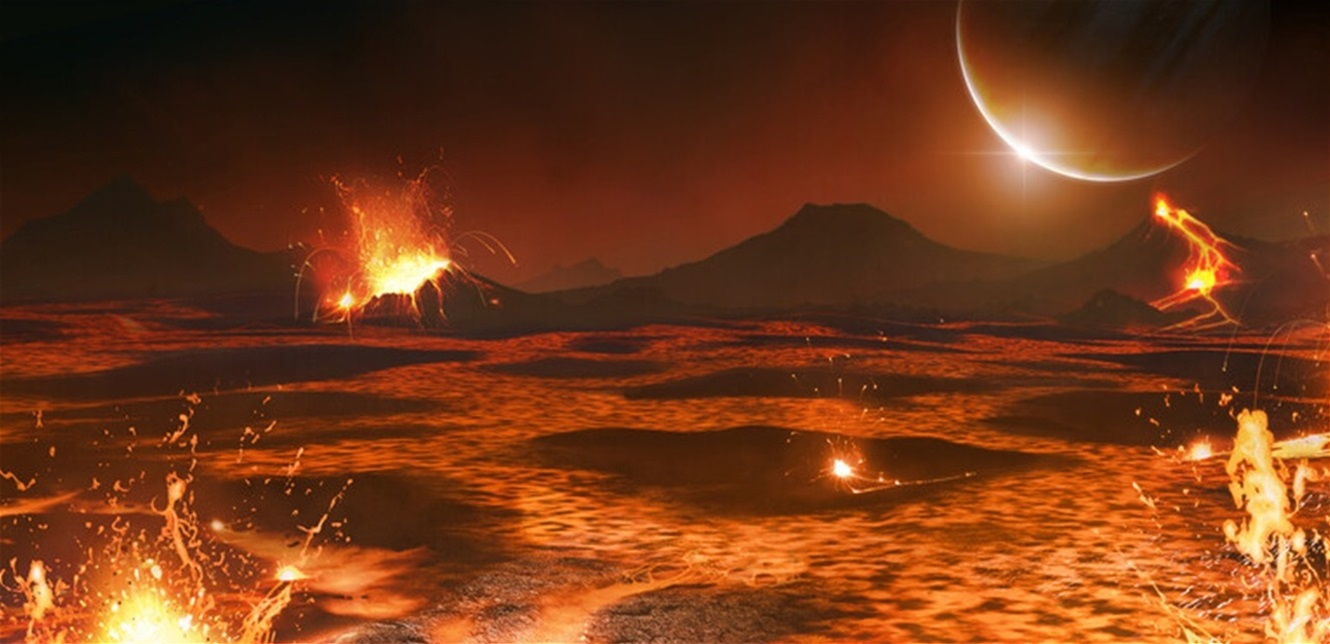Physicist Jeff Morgenthaler has revealed that Jupiter’s moon ‘Io’, which is the most geologically active object in the solar system, witnessed a record-breaking volcanic eruption last year.
Morgenthaler of the Planetary Science Institute (PSI) has been monitoring volcanic activity on Io every year since 2017. He said Jupiter’s moon shows some sort of eruption every year, but the largest eruptions so far were recorded in the fall of 2022.
In his study, the physicist used data from the Input/Output Observatory (IoIO) of the Planetary Science Institute, located near Benson, Arizona.
The observatory uses so-called coronagraphic technology, dimming the bright light from Jupiter so that faint gases can be imaged near the gas giant.
This made it possible to monitor the brightness of gases in a cloud or “nebula” around Jupiter that started between July and September 2022 and ended just last month.
However, the ionized sulfur – which forms a donut-shaped circular structure surrounding Jupiter known as “Io plasma neutrals” (ring clouds or rounded protrusions of gas or plasma) – was not as bright in the recent eruption as it was in the previous years.
Dr Morgenthaler said: ‘This could tell us something about the composition of the volcanic activity, which causes the eruption. Or it could tell us that the torus is more efficient at getting rid of material when more material is thrown into it.’
The Juno spacecraft flew past Europa and is now slowly approaching Io, flying close to it later this year.
“Juno’s measurements may be able to tell us whether this eruption had a different composition than its predecessors,” added Dr Morgenthaler. (Russia today)


